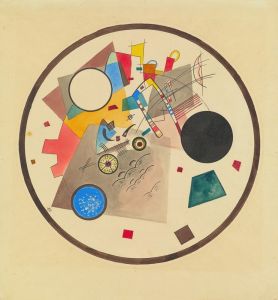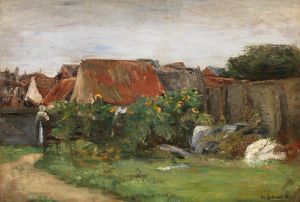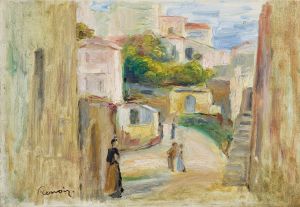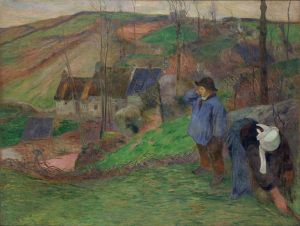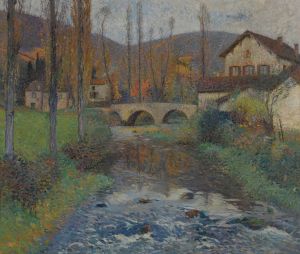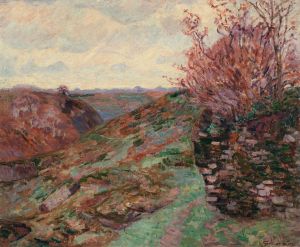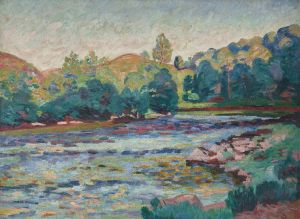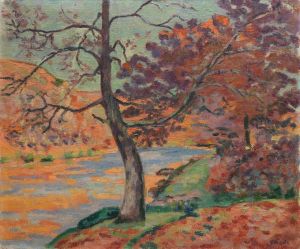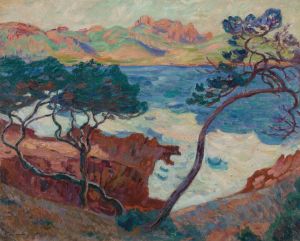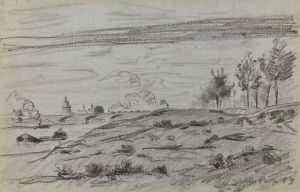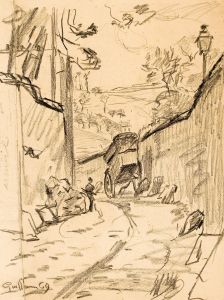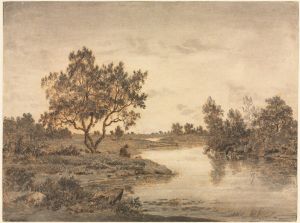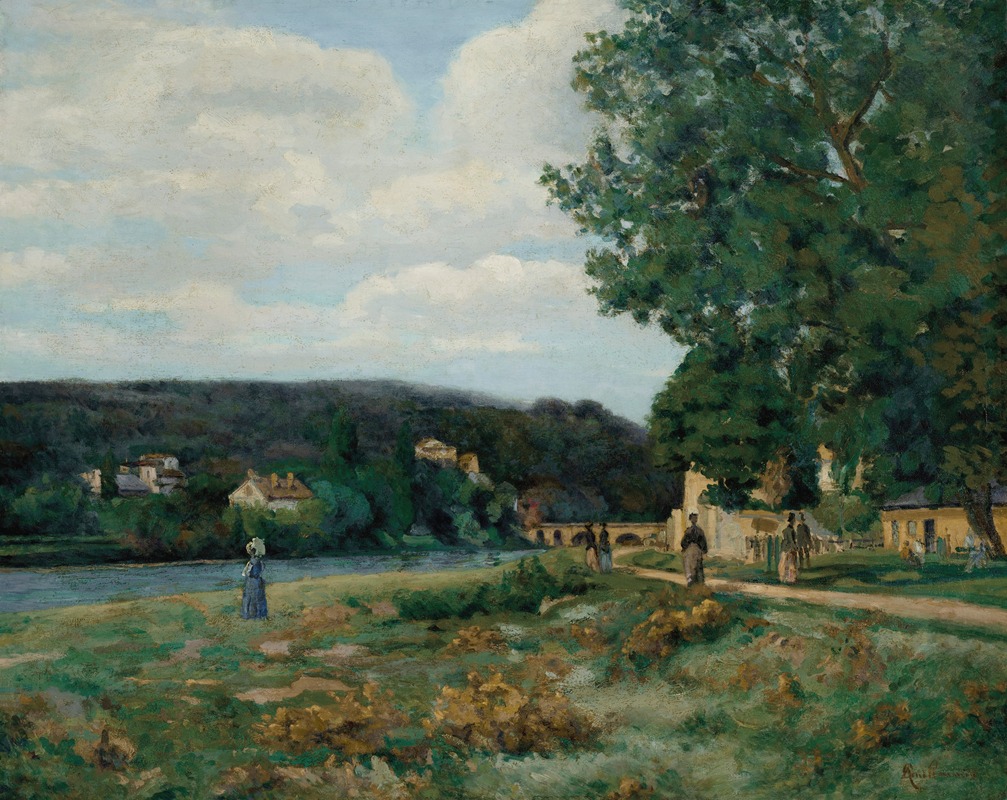
Paysage de l’Ile-de-France
A hand-painted replica of Armand Guillaumin’s masterpiece Paysage de l’Ile-de-France, meticulously crafted by professional artists to capture the true essence of the original. Each piece is created with museum-quality canvas and rare mineral pigments, carefully painted by experienced artists with delicate brushstrokes and rich, layered colors to perfectly recreate the texture of the original artwork. Unlike machine-printed reproductions, this hand-painted version brings the painting to life, infused with the artist’s emotions and skill in every stroke. Whether for personal collection or home decoration, it instantly elevates the artistic atmosphere of any space.
Armand Guillaumin was a notable French impressionist painter, recognized for his vibrant landscapes and his role in the development of the Impressionist movement. One of his works, "Paysage de l’Ile-de-France," exemplifies his mastery in capturing the essence of the French countryside with vivid colors and dynamic brushwork.
Guillaumin was born in Paris in 1841 and became associated with the Impressionists through his friendships with artists like Camille Pissarro and Paul Cézanne. Although he did not achieve the same level of fame as some of his contemporaries during his lifetime, his work has been appreciated for its bold use of color and light, which were characteristic of the Impressionist style.
"Paysage de l’Ile-de-France" is a landscape painting that depicts the region surrounding Paris, known as Île-de-France. This area has been a source of inspiration for many artists due to its picturesque scenery and the quality of light that changes with the seasons. Guillaumin's painting captures the rural charm and tranquility of this region, showcasing his ability to convey the natural beauty of the landscape.
The painting is characterized by its use of bright, contrasting colors and loose brushstrokes, which are typical of Guillaumin's style. He often employed a palette of vibrant hues to depict the natural world, and in "Paysage de l’Ile-de-France," this approach is evident in the lush greens of the foliage and the varied tones of the sky. Guillaumin's technique involved applying paint in thick, textured layers, which added depth and movement to his compositions.
Guillaumin's work was part of the broader Impressionist movement, which sought to capture the fleeting effects of light and atmosphere. Unlike some of his peers, Guillaumin was less concerned with the depiction of urban scenes and more focused on the rural landscapes of France. His dedication to plein air painting, or painting outdoors, allowed him to observe and render the subtle changes in light and color that occur in nature.
Throughout his career, Guillaumin participated in several of the Impressionist exhibitions, which were organized as an alternative to the traditional Salon exhibitions in Paris. These exhibitions helped to establish the Impressionists as a significant force in the art world, challenging conventional approaches to painting and paving the way for modern art.
"Paysage de l’Ile-de-France" reflects Guillaumin's commitment to capturing the essence of the natural world through his unique artistic vision. His work continues to be celebrated for its vibrant color palette and dynamic compositions, which convey a sense of immediacy and emotional resonance.
Today, Guillaumin's paintings are held in various collections around the world, and his contributions to the Impressionist movement are recognized as an important part of art history. "Paysage de l’Ile-de-France" remains a testament to his skill as a landscape painter and his ability to evoke the beauty of the French countryside through his art.





